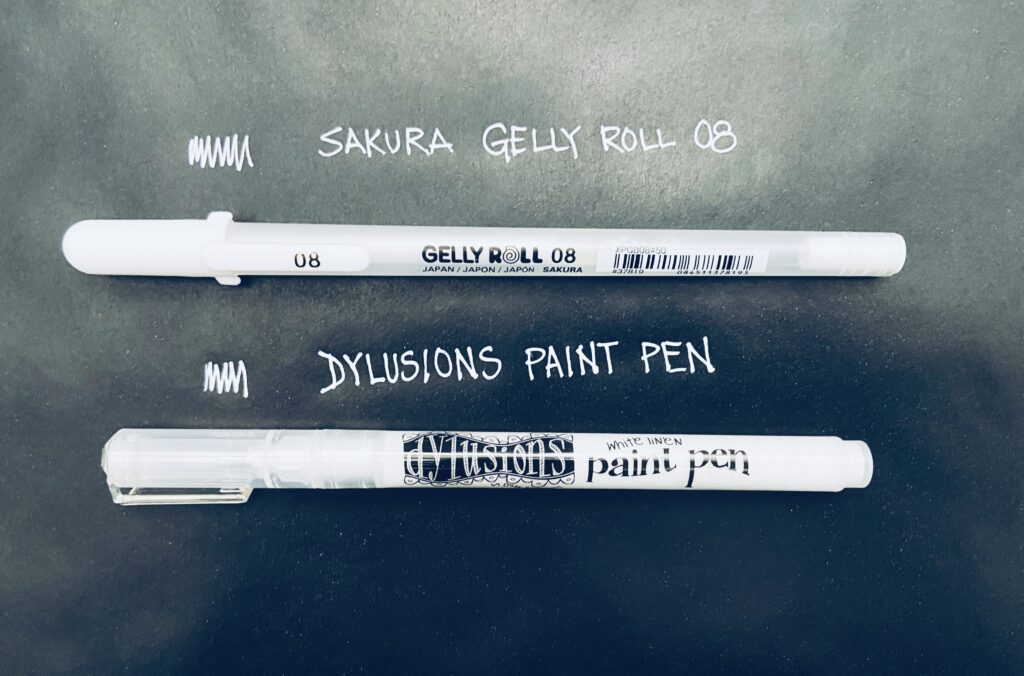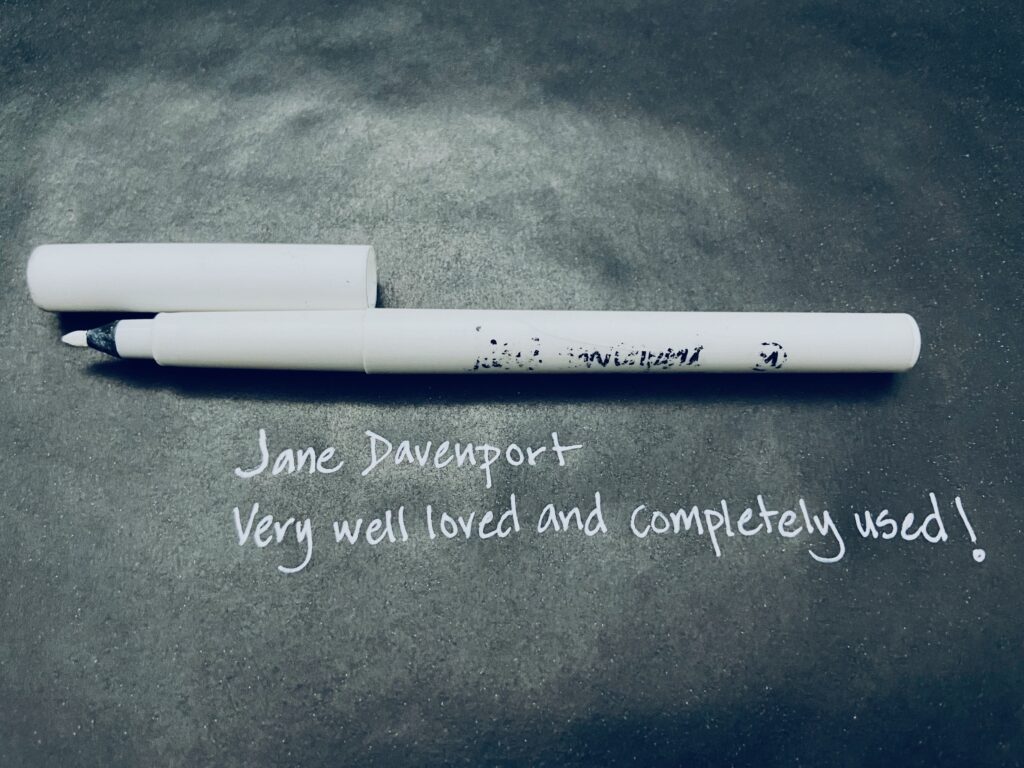White pens in sketching! The why, how and my favorites…
When you start sketching for the first time or get back to it after longer period, you will find yourself trying to mimic every detail and every line being tempted to colour the whole thing in. While that is what you see, leaving white space on the paper is the most effective way to achieve liveliness and lightness in your sketches. It is also the hardest thing to do! We get trapped in the details and want to fill everything.
Ideally you would leave the white of the paper to do that work for you but sometimes some details are so small and you need such precision to achieve them. That is when white pen would come in, in your sketching. Other times you want bigger bolder areas of white.
I have been juggling through few trying to find the perfect one for the job, until recently and finally I got hold of Posca pens that everyone uses and I love them.
During my sketching trips, talking to fellow sketchers and endless internet shopping sprees, I have had the chance to try the following:

* Uni-ball Signo Broad Gell Rollerball Pen is a pen many sketchers faithfully use and swear by. I however had less luck with it. It felt too transparent not showing enough over the paint and it just stopped working mid-way while there was plenty of ink still in it (no picture available).
*Sakura Gelly Roll 08 is with fine tip so you would be able to achieve finest of details. It’s a good one and easy to use aka you don’t need to be cautious while working with it like with the pin type pens. My only complaint would be that it is not opaque enough when used over paint. So, if you need areas with transparent quality of white lines over it this would be the pen to use to achieve that. Having said that, it is worth mentioning that it works like a charm when applied directly on dark paper.
*Dyan Raevley’s Dylusions Paint Pen in white is with a push pint head and my reservation about any pens that come with this type of mechanism is that they are quite fragile. Meaning you need to be very careful with the way you are handling them while in use or you will end up damaging the head and your pen is as good as gone, only this could happen to you in the beginning of usage when your pen is still full of paint which you can’t use. So, for this one if you are patient enough to really wait for your paint to dry through and I mean really through like few hours and then go over your sketch, you know how to feed the ink into the tip without damaging the supply mechanism all while holding the pen in an upright angle sliding it gently across your work then it is a brilliant one! The opacity of the white is amazing!
To make sure you are handling it properly take the time to watch Dyan’s video about these pens. A great tutorial showing you exactly what to and not to do so you could enjoy your pen without the risk of damaging it.

*My latest purchase and obsession is Posca pens. I have been wanting to try them for ages and don’t know why it took me so long to do so. The first one I’ve got was the bullet shape tip PC-5M that is 1.8-2.8 mm and the moment I’ve used it I was converted! It was opaque, had generous coverage ability for when I wanted to cover bigger white areas that I would then sketch over and somehow I didn’t need to be precious with the handling bit. If my paint was still little bit wet I could go over it without risking to ruin the pen. However, you would need to be careful with the same Posca pin type one (remember the pin type problem I mentioned above?). When my Bullet shape tip one dried out. I went ahead and ordered some more in all the possible sizes and bullet shapes that it comes in. The one I am recently using is PC-1MR pin type 0.7mm and while the white is amazingly opaque I find it to be the same case as the Dylusions one. You need to wait for the paint to dry thoroughly or you will risk damaging the pen which is the bit that I hate!

* Jane Davenport overpaint pens were specifically made to go over paint. According to their website it is opaque archival ink and you don’t need to shake it prior to using it. It comes in a set so you get it with her other signature colours and the white one is called Unicorn (Jane’s way of naming her coloured pens). I loved it and used it a lot, in fact it is now finished. One thing I think that bothered me is that it didn’t seem very opaque going over some of my sketches. I could be wrong but I am guessing they were made to go over acrylic more than watercolours also that you need to really wait for your paint to dry through before you go over it. I am not patient in that way so that could be the reason the white was not as opaque as I would have liked it, nevertheless it was in my stash and I used it. The only down side which is not that big of a problem for sketching purposes is, that it doesn’t come in many nib sizes. So, if you are on the lookout for broader nib sizes it won’t be the one for you, but same goes for many white pens on the market (some of the ones I’ve mentioned above come under the same category). The fact that you don’t need to constantly shake it is quite lush!

* For bigger white areas where I need to paint the white and achieve a full on white opaque background I use Copic Opaque White. Though it’s not a pen and comes in a jar I’ve mentioned it here because it belongs to the group. You need to keep it in the jar and dish the amount you want while painting. It won’t stay well in the palette because it will dry, cake and mess up your watercolours. So, if I am sketching at home and need to cover larger areas this is my go to paint. If I would go on location and for the purposes of having a more mobile kit I would use a Posca pen with broad bullet shape head to cover the areas faster without having to carry a glass jar with me.



